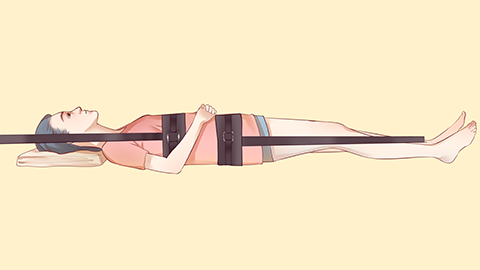How to Restore Motor Function After Nerve Root Damage
Generally, after nerve root injury, motor function can be restored through daily life care, functional exercises, drug therapy, physical therapy, lumbar traction, and other methods. A detailed analysis is as follows:

1. Daily Life Care
In daily life, one should avoid prolonged desk work and activities that involve frequent bending or heavy lifting, as these may worsen nerve root damage. Maintaining correct sitting and standing postures, and using suitable mattresses and pillows to support the spine and reduce pressure on the nerve roots is recommended.
2. Functional Exercises
Targeted muscle group exercises in the affected area, such as grip strength training, balance training, and joint mobility exercises, can improve limb flexibility and stability and accelerate the recovery of nerve function. However, overexertion should be avoided.
3. Drug Therapy
Under a doctor's guidance, take nerve-nourishing medications such as mecobalamin tablets, adenosylcobalamin capsules, and vitamin B12 tablets. These medications can accelerate the self-repair process of nerves and promote the growth and recovery of nerve cells.
4. Physical Therapy
Under the guidance of a professional physical therapist, personalized rehabilitation plans can be developed, including techniques such as stretching, massage, and electrical stimulation. These techniques help reduce inflammation, relieve pain, and promote blood circulation to support nerve healing.
5. Lumbar Traction
For nerve root injuries caused by intervertebral disc herniation, spinal stenosis, or other reasons, lumbar traction can be performed under the guidance of a professional physician. This treatment increases the width of the intervertebral foramen, reduces pressure on the nerve roots, and alleviates nerve root damage.
Recovery of motor function after nerve root injury requires multiple measures. The combined application of these measures can accelerate nerve root healing and restore motor function. At the same time, patients should undergo comprehensive treatment under a doctor's guidance and have regular follow-up visits to monitor disease progression and adjust treatment plans accordingly.







